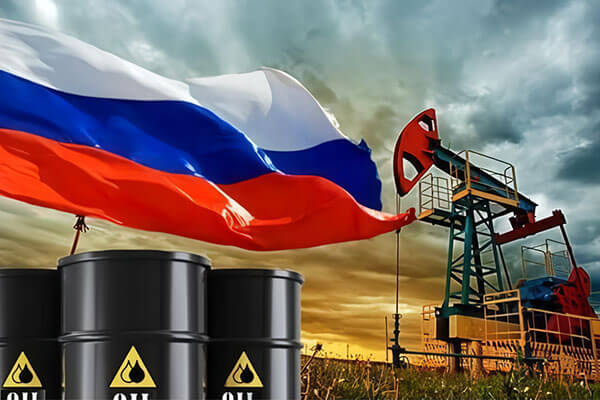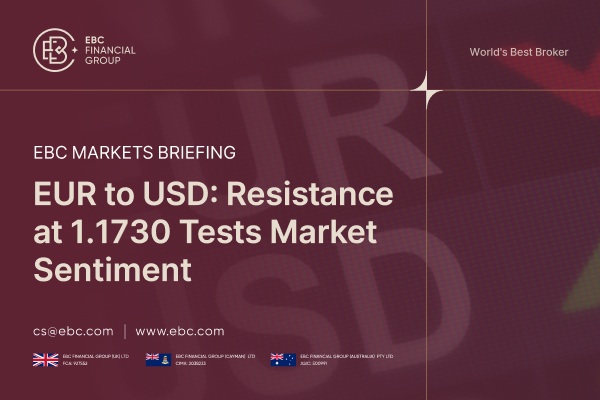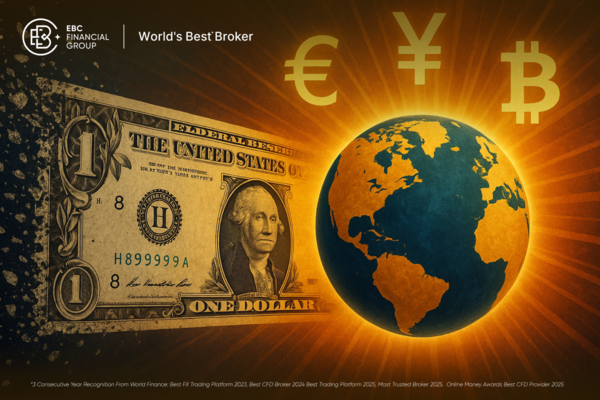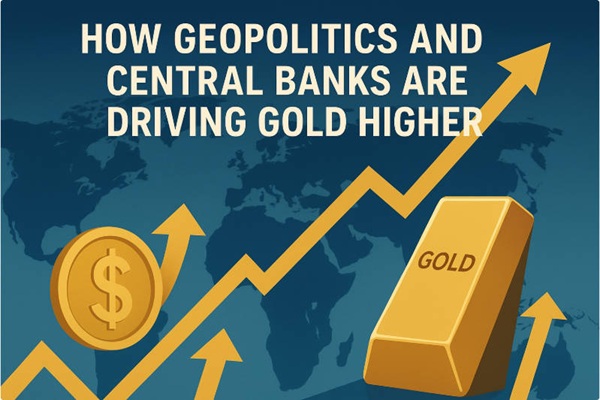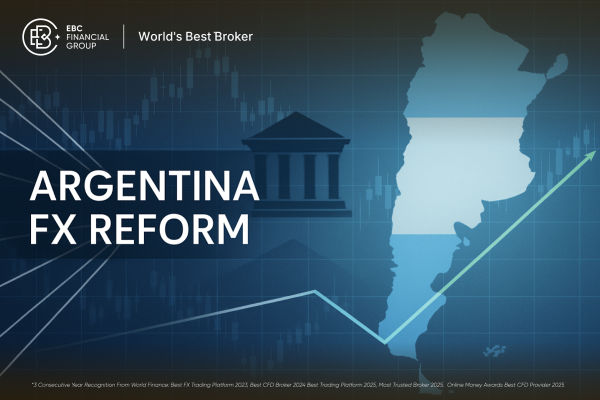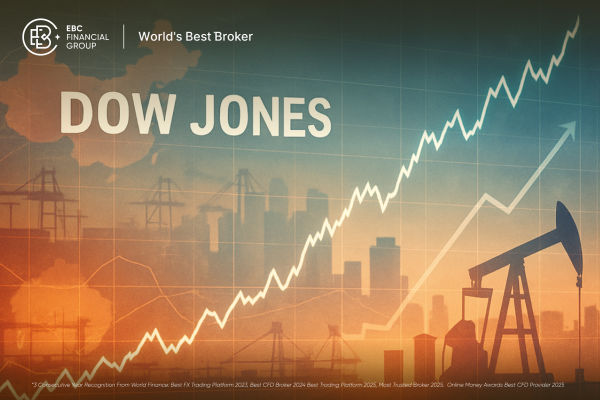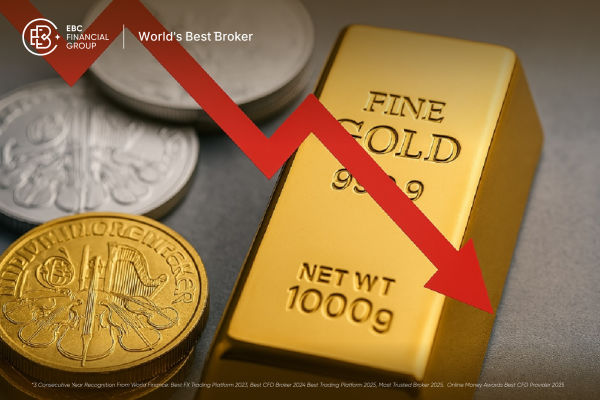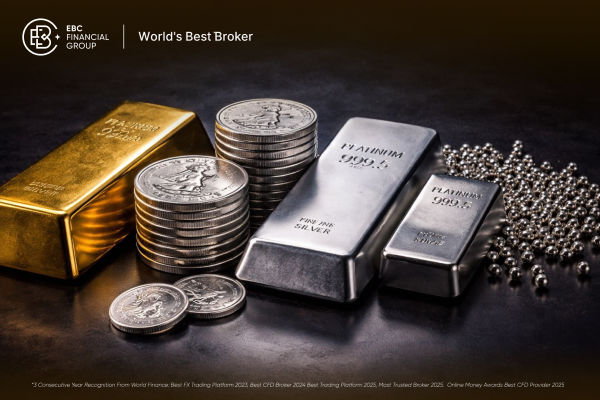The country of Russia is indeed a mysterious existence. In the political and
military fields, it is eye-catching, with the world's largest land area and the
most nuclear warheads. But in terms of the economy, Russia's development has
experienced half a century of waves, including political turmoil,
hyperinflation, the rise of oligarchs, the flourishing of gangs, economic
crises, and radical reforms caused by government defaults. This article will
focus on sorting out this complex and unique Russian economy and revealing its
development trajectory. Although this is not a comprehensive and exhaustive
discussion, I hope that this article can give everyone some understanding of the
tortuous trajectory of Russia's economic development.
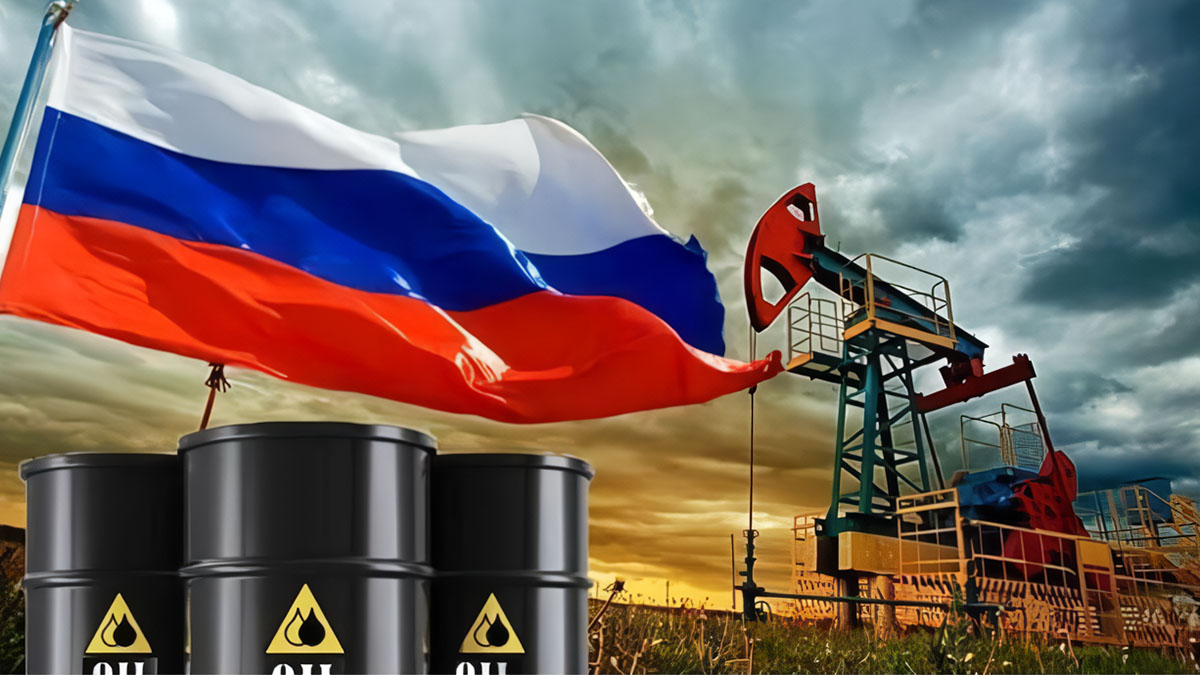
Let’s start with the former Soviet Union. In February 1917, a democratic
revolution broke out in Tsarist Russia, forcing the Tsar to abdicate. Then the
Social Democratic Labor Party, led by Lenin, overthrew the provisional
government and experienced five years of civil war. In 1922, the Soviet Union
was officially established, and in 1924, a leader named Joseph Stalin came to
power and became the supreme leader of the former Soviet Union. From then on,
the Soviet Union fully implemented a planned economy, that is, all economic
resources, from production to distribution and even part of consumption, were
carried out according to plans.
The way a planned economy works is that when faced with resource shortages or
the need for large-scale reforms, the central government mobilizes and allocates
resources through orders. For example, when a certain type of material is in
urgent demand, the government can quickly issue an order and allocate all
relevant resources. Similarly, if it wants to develop heavy industry, the
government can mobilize workers collectively to invest in construction through
orders without waiting for the self-regulation of the market economy.
This model of planned economy shows high efficiency when the goals are clear
and large-scale overall reforms are needed. At that time, the Soviet Union was
facing serious problems of insufficient industrialization and modernization, so
this model was well suited to deal with these challenges.
As the times change and the global economy evolves, the planned economic
model also faces challenges. As a result, after 1928, the first three five-year
plans implemented by Stalin achieved amazing results. The economy of the former
Soviet Union rose rapidly and transformed from a backward agricultural country
into an industrial power. Looking at the per capita GDP data of the former
Soviet Union, it increased more than three times from 20 to 40 years. This
period coincided with the United States experiencing the Great Depression in
1929, and the entire Western economy was also in trouble. It can be seen that,
under the leadership of Stalin, the economy of the former Soviet Union reached
new heights in these 20 years.
Despite various political persecutions and purges at the political level,
from an economic perspective, the planned economy achieved remarkable results
during this period. After the outbreak of World War II, the Soviet Union's
international status increased significantly, and it experienced a period of
rapid growth. However, starting in the 1960s, the economic structure of the
former Soviet Union became more and more complex, economic development gradually
stabilized, and the planned economy also encountered difficulties.
In the absence of markets, no matter how powerful the government is, it
cannot fully plan and regulate all economic activities. In particular, the
highly centralized planned economic system is more likely to lead to
over-centralization of leadership, leading to increasingly serious government
corruption and serious damage to corporate innovation. The shortcomings of the
planned economic system gradually emerged, making the former Soviet Union's
economy face more severe challenges in its subsequent development.
From 1964 to 1985, the Soviet Union fell into the so-called "error of
stagnation." Looking at the per capita GDP of the former Soviet Union during
this period, it seems that it is still rising slowly, but compared with the
United States, the gap is obvious. At the same time, as the Cold War escalated,
the Soviet Union had to invest a lot of money in the military, making the
national finances even worse. Many Soviet citizens had to spend hours queuing to
buy food.
By 1985, Gorbachev had come to power, and faced with economic difficulties,
he decided to carry out comprehensive and radical reforms. First, carry out
comprehensive political and economic restructuring and release the central
government’s absolute control over pricing and industry. Secondly, promote an
"open" policy, strengthen government transparency, combat corruption, and at the
same time relax control over public opinion. These two measures are collectively
known as "reorganization and opening."
Starting in the 1960s, the economic structure of the former Soviet Union
became complex, economic development gradually stabilized, and the planned
economy faced difficulties. In the absence of a market, the government cannot
fully plan and regulate all economic activities, especially under a highly
centralized planned economic system, which has led to an increasingly serious
problem of government corruption and damage to corporate innovation.
After 1985, the Soviet Union faced the arduous task of economic reform. Yeltsin became Russia's first president and adopted radical economic policies,
leaning toward a neoliberal economy. Neoliberal economics, also known as the
"Washington Consensus," is a policy launched by the IMF, the World Bank, and the
US government in 1989 that advocates reducing government intervention and
allowing the market to operate freely.
After a century of planned economic systems, Russia's transition from
centralization to a free market economy was an extreme reform. Yeltsin chose a
radical method called "shock therapy," which was to directly implement a market
economy and let go of everything. Although this treatment had been successful in
some countries, for a country as complex as Russia, the decision resulted in
short-term hyperinflation due to the sudden liberalization of prices and the
government borrowing heavily to pay off old debts.
In December 1991, when the Soviet Union collapsed, the GDP of the United
States was 6.2 trillion, while that of Russia was only 500 billion, or only
one-twelfth of that of the United States. This makes the two economies basically
incomparable. Russia's economic reform faced huge challenges, and Yeltsin's
radical measures became an important node in the history of Russia's economic
development.
In 1992, Russia experienced an economic storm with an Inflation rate as high
as 2,500%. This means that a cup of milk tea went from 10 rubles at the
beginning of the year to 250 rubles at the end of the year. At the same time,
the unemployment rate rose sharply, from less than 5% to 14%. In the past seven
years, Russia's GDP has shown a sharp contrast with that of the United States
and China and has continued to rise.
These are only the mildest consequences of shock therapy. Declining GDP, high
inflation, and rising unemployment are all problems that ordinary economists can
foresee, just like the painful stages that martial arts masters go through at
the beginning. Poland also went through this phase when it went through similar
shock therapy. Only through this inevitable path can the economy move towards
the path of rapid development and liberalization.
One of the most serious consequences of shock therapy was the series of
measures implemented by Yeltsin. The first one is to liberalize price controls;
the second is to liberalize import and export; the third is to implement
interest rate liberalization; and the most important is to privatize state-owned
enterprises. But along the way, problems arose with privatization. It was
originally meant to allow people to buy shares in state-owned enterprises, which
seemed like a fair move. In fact, it resulted in large state-owned enterprises
in the former Soviet Union falling into the hands of a few people at very low
prices.
When Yeltsin ran for re-election as president in 1996, the economy was in
chaos, and the first war with Chechnya was not ideal, leaving his approval
ratings extremely low. However, Yeltsin showed excellent political skills and
secretly summoned the seven bosses who controlled the Russian Bank and made an
agreement with them: if they help him be re-elected, he will protect their
wealth and status. A few months later, Yeltsin was re-elected, and these seven
secret figures became the seven oligarchs who controlled half of Russia,
influencing the country's economy and politics.
Russia's oligarchic system refers to a small group of wealthy and powerful
people who monopolize the country's important resources and industries, forming
an economic system that is closely linked to the government. This phenomenon has
been further strengthened since Putin came to power, and it is vividly called
"crony capitalism."
In Russia, oligarchs have a profound influence on the country's
decision-making through the interweaving of political power and economic
resources. They control key industries such as energy, finance, and media while
also being closely tied to high levels of government. Such a network of
relationships enables them to navigate the political and economic fields with
ease.
Oligarchs continue to control the economy and influence the political
landscape to this day. The selection of the oligarchs may be constantly
changing, but the oligarchs' control of the economy and influence on politics
persist, shaping Russia's development trajectory.
The prevalence of oligarchs has brought serious consequences, among which
three main problems are: First, it curbs competition and inhibits innovation. In
a free market economy, companies usually strive to innovate to reduce costs and
expand market share. However, in oligopolistic markets, competition is excluded,
and companies are more focused on holding on to their turf rather than providing
better products. The second is the business and political entanglements caused
by corruption and the gangster-oligarchic economy. Corruption is serious, gangs
are rampant, and the government is basically bribed by oligarchs, causing the
police to turn a blind eye to illegal activities. These seven oligarchs suppress
other competitors through various means, such as murder, bribery, coercion and
inducement, collecting protection fees, etc. This phenomenon is commonplace in
Russia and is even reflected in the legal battle between Abramovich, the owner
of Premier League team Chelsea, and other oligarchs.
In addition, the oligarchic economy has also led to extreme wealth gaps. In
the early 1990s, the wealth in the hands of the 98 richest people in Russia
reached US$421 billion, accounting for 89% of the wealth of the richest 10% of
the entire Russian population. The widening gap between rich and poor has caused
social unrest, and coupled with the outflow of assets, the Russian economy has
fallen into chaos.
Russia's death rate also continued to rise during this period, highlighting
social instability. According to a Credit Suisse report, the overseas assets of
Russian wealthy people amounted to US$8 to 10 trillion, equivalent to two-thirds
of Russia's GDP at the time. However, these amounts are not included in Russia's
GDP, highlighting the inaccuracy of the statistics.
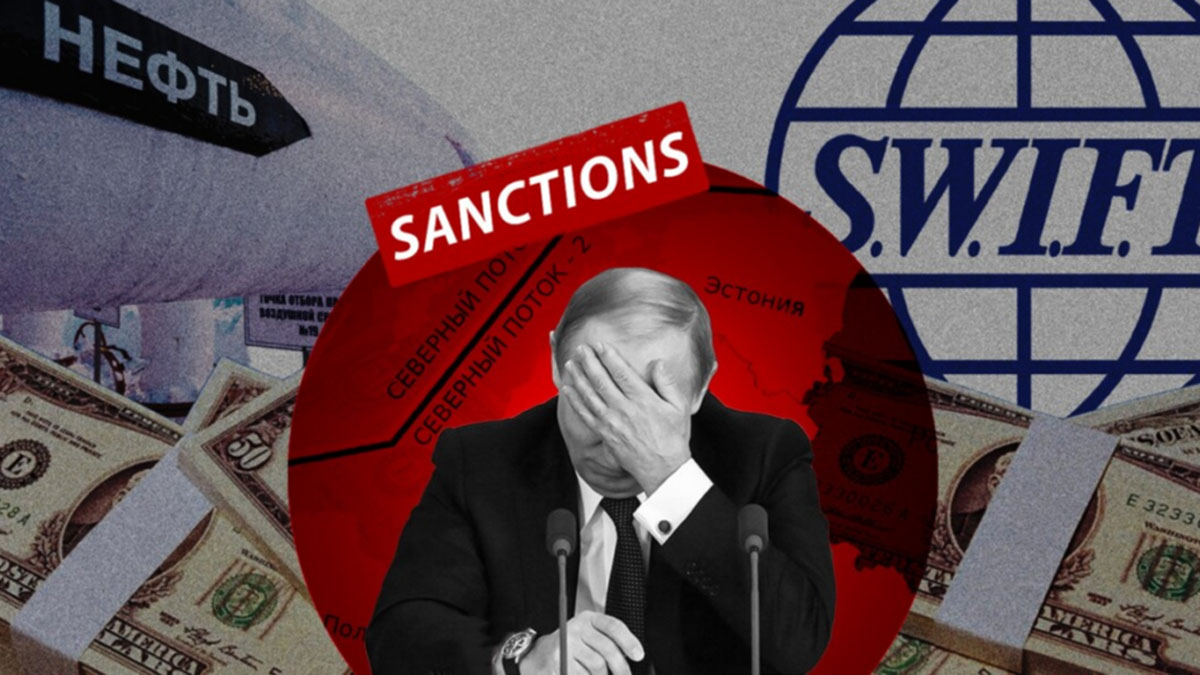
In 1998, the outbreak of the Asian financial crisis became the trigger for
Russia's difficulties. Investors have withdrawn from the Russian market,
government bonds and the ruble have been sold off on a large scale, interest
rates have soared, and the ruble is under great pressure to depreciate.
Therefore, on August 17, 1998, the Russian government declared a default on its
national debt and simultaneously devalued the ruble. The outbreak of the
financial crisis in Russia, coupled with shrinking productivity, monopoly,
corruption, rising unemployment and mortality, and the war with Chechnya, have
plunged Russia's overall economy into an extremely poor state. On December 31,
1999, Yeltsin announced his resignation with six months remaining in his term
and handed over the presidency to Putin, marking the beginning of the Putin
era.
In the next nearly ten years, the Russian economy suddenly restarted, with
GDP growth maintaining above 5% and per capita GDP increasing from less than
2,000 US dollars in 1999 to 10,000 US dollars in 2008. The unemployment rate has
continued to fall from 13% to 6%, industrial production has increased by 70%,
average wages have increased eightfold, consumer credit has expanded by 45%, and
the poverty rate has dropped from 30% to 14%.
People have questions about this economic miracle. What kind of magic did
Putin perform to make economic indicators rise so quickly? In the early days,
Putin implemented some market-oriented policies, including adjusting income tax
levels, lowering corporate taxes, reducing supervision, etc. These policies have
indeed improved people's income and living standards, but these are not the main
reasons.
The most critical reason is that Putin caught up with a good time. Russia has
the world's largest natural gas reserves, and its annual fossil energy exports
can reach hundreds of billions of dollars. More than half of fiscal revenue
comes from fossil energy, making Russia's economy closely linked to oil prices.
When oil prices rise, Russia makes a lot of money; when oil prices fall, the
economy is severely hit. From 1998 to 2008, the global economy developed
rapidly, and the demand for oil increased steadily. The price of oil rose from
less than US$15 to more than US$100 in 2008. In the past ten years, Russia has
been sitting on a mountain of treasure. The whole country is counting money.
National confidence and credit have expanded, investment has increased, and the
economy has prospered.
However, the Putin government failed to take full advantage of the period of
high oil prices to optimize the economic structure and get rid of its heavy
dependence on petroleum energy. Instead, Putin's government has gradually taken
back control of privatized industries, and nationalization has gradually
increased. After Putin came to power, he rectified the oligarchs, dealt with the
disobedient ones, and established obedient new oligarchs, forming a crony
capitalist structure. This further consolidates Russia's oligarchic situation,
leading to increased corruption, hindered innovation, and a huge gap between
rich and poor.
Comparing the Three Phases of Russian Economic Evolution
| Aspect |
Soviet Era |
Yeltsin Era |
Putin Era |
| Political System |
Socialist planned economy, high centralization |
Shift towards a market economy, shock therapy |
Crony capitalism, rise of oligarchs |
| Economic Model |
Planned economy, dominance of state-owned enterprises |
Market economy, privatization underway |
Energy dependence, crony capitalism, partial re-nationalization |
| Economic Performance |
Significant growth from the 20s to the 40s |
Shock therapy leads to inflation, economic crisis |
Prosperous during high oil prices, later impacted by financial crises and sanctions |
| Oligarch Phenomenon |
Centralized leadership, government corruption |
Partial privatization leads to oligarchs |
Oligarchs monopolize the economy, crony capitalism |
| Economic Structure |
Industrialization, modernization challenges |
Economic reform faces difficulties |
Reliance on energy, relatively outdated economic structure |
| Social Issues |
Rising unemployment, widening wealth gap |
Economic turmoil, social unrest |
Corruption, wealth gap, impact of sanctions |
The financial crisis and plummeting oil prices in 2008 severely damaged the
Russian economy. Although it gradually recovered, the oil price plummeted again
in 2014, coupled with Western sanctions on the Crimea issue, plunging Russia
into a deeper economic crisis. We encountered another epidemic in 2020, and in
2022 we were hit with a new round of more severe sanctions from the West due to
the Ukraine issue.
Russia is currently the largest country in the world, spanning 11 time zones
across two continents, Europe and Asia, with a population of 146 million, a GDP
ranking 11th, and a per capita GDP ranking 68th. It mainly uses fossil energy as
its main export product and has frequent economic exchanges with China, but the
degree of trade dependence is controversial. The Russian economy is showing some
positive signs, with an inflation rate of 3.2% and an unemployment rate of
13.6%. However, the gap between the rich and the poor is huge, and many problems
still need to be faced.
Through the analysis of the tortuous trajectory of Russia's economic
development, two major characteristics of the Russian economy can be summarized
in one sentence: high dependence on energy, especially oil, and the emergence of
oligarchs. The combination of the two makes Russia's economy vulnerable to
external shocks and highlights a series of problems.
Disclaimer: This material is for general information purposes only and is not intended as (and should not be considered to be) financial, investment or other advice on which reliance should be placed. No opinion given in the material constitutes a recommendation by EBC or the author that any particular investment, security, transaction or investment strategy is suitable for any specific person.
